.jpg)
DRY EYE - MEIBOMIAN GLAND DYSFUNCTION

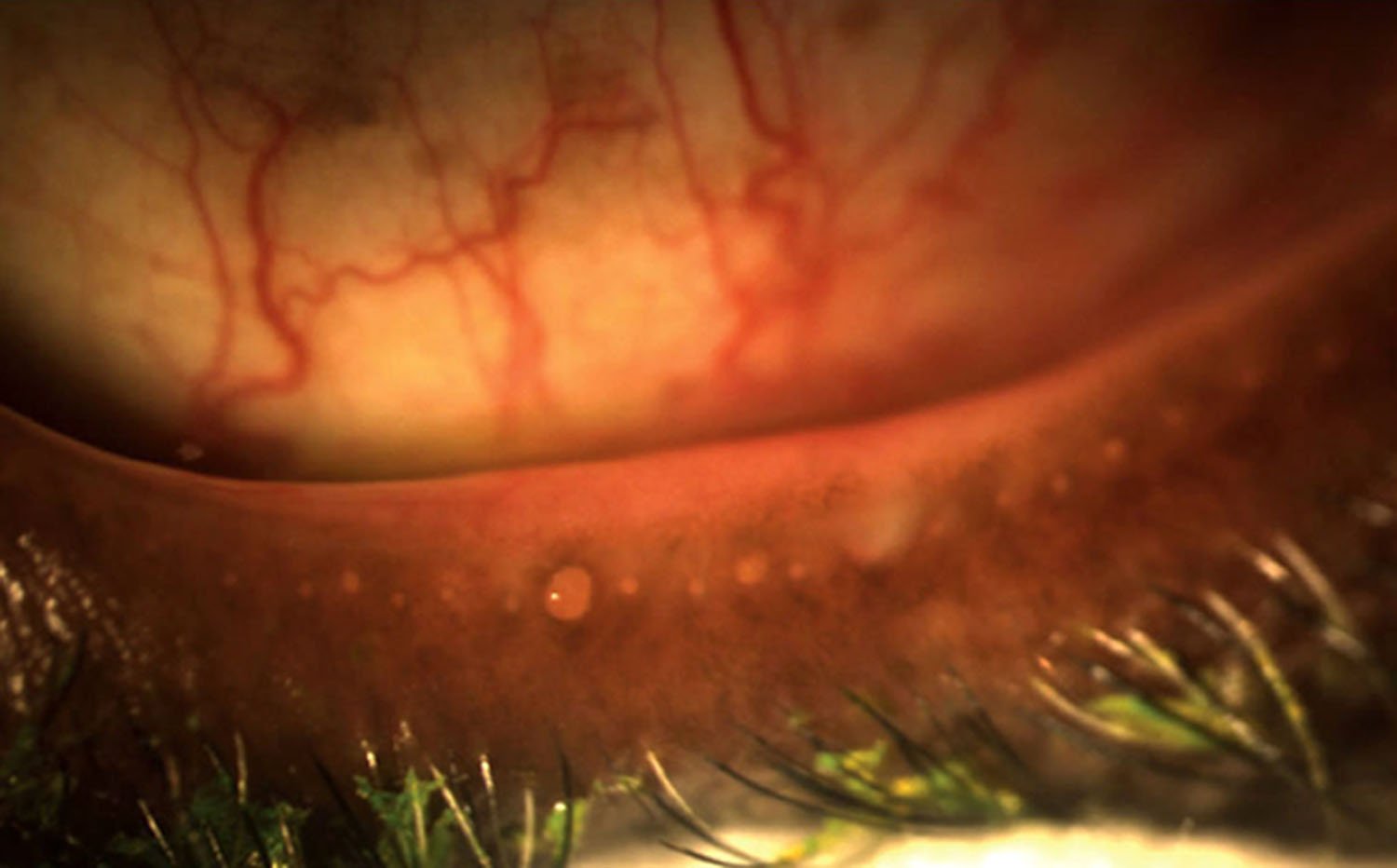
TO KNOW MORE DETAILS ABOUT DRY EYE PLEASE CLICK HERE: DRY EYE
Meibomian gland dysfunction may be one of the most common eye problems you've never heard of.
Meibomian ("my-BOH-mee-an") refers to a particular type of gland in the eyelids. Meibomian glands are named after Heinrich Meibom, the German doctor who first described and made drawings of them way back in 1666.
There are about 25 to 40 meibomian glands in the upper eyelid and 20 to 30 in the lower eyelid. The function of these glands is to secrete oils onto the surface of the eye. These oils help keep the tears from evaporating too quickly.
Meibomian gland dysfunction (MGD) is blockage or some other abnormality of the meibomian glands so they don't secrete enough oil into the tears. Because the tear film on the surface of the eye then evaporates too quickly, MGD is associated with dry eye syndrome. It also is connected with an eyelid problem called blepharitis.
Another name for meibomian gland dysfunction is "meibomianitis."
What is Meibomian Gland Dysfunction?

The dysfunction is typically either a result of a blockage in the gland or an abnormality in the oil being secreted. A blockage may present as a clear or opaque dome at the opening of the glands. MGD can also involve changes in the quality and quantity of secretions. When pressure is applied to normal glands, they should secrete a small amount of clear oil. In the case of MGD, the secretion is thicker and more yellow-white in color.
When the oil glands do not function properly, that leaves the tearfilm deficient of oils, thus leaving it unstable and leading to dry eye symptoms. If left untreated, this chronic condition can result in progressive meibomian gland destruction.
Causes and Risk factors:
Age plays a part; the number of meibomian glands goes down over time. So does your ethnicity; Asian people are about three times more likely to get MGD than people with a European ancestry.
Wearing contact lenses makes you more likely to get it.
Common medical issues linked to MGD are:


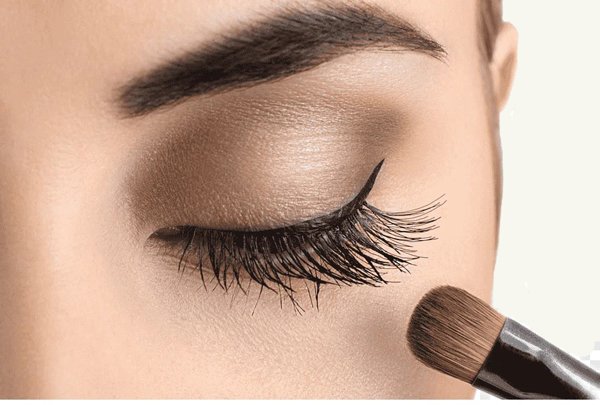
Aging: Age over 40 is a known risk factor for meibomian gland dysfunctions. With age, meibomian gland exhibits decreased lipid production and altered meibum composition with changes in lipid profiles.
Ethinicity: Asian people are three times more likely to get MGD than people with European ancestry.
Wearing eye makeup: The most likely cause is an eye makeup technique called inside liner. After wearing, if this makeup is not fully removed, it potentially induces the obstruction of meibomian glands.
Computer or mobile screen: Computer eye strain can cause meibomian gland dysfunction due to a reduction in blinking that leads to less lipid secretion and eventually tear film instability.
Contact lens: The use of contact lenses is associated with reduced meibomian gland morphology and function, causing eye irritation and altered blinking patterns.
• Allergic conjunctivitis and other eye diseases
• Bacterial infection
• High cholesterol and triglycerides
• Autoimmune diseases like rosacea, lupus, rheumatoid arthritis, and Sjögren's syndrome
• Inflamed or damaged eyelid or cornea
Some medications can cause problems with oil production, including:
• Drugs that reduce androgen
• Estrogen replacement therapy
• Retinoids, from acne medication to anti-aging creams
Symptoms:


• In its early stage, you might not have any.
• But as MGD progresses and you have less oil or poor-quality oil in your tear film, your eyes may burn, itch, or be irritated or dry. It might feel like you have a grain of sand or dust in your eye. An irritated, inflamed eyelid may be red.
• The inner rim of your eyelid looking uneven or rough is a classic sign of MGD, but not everyone has it.
• Some people have moments of blurred vision that improves when they blink.
• Symptoms can get worse when you're on the computer for a long time or if the air in your home or office is very dry, either from air conditioning or heating.
Complications:
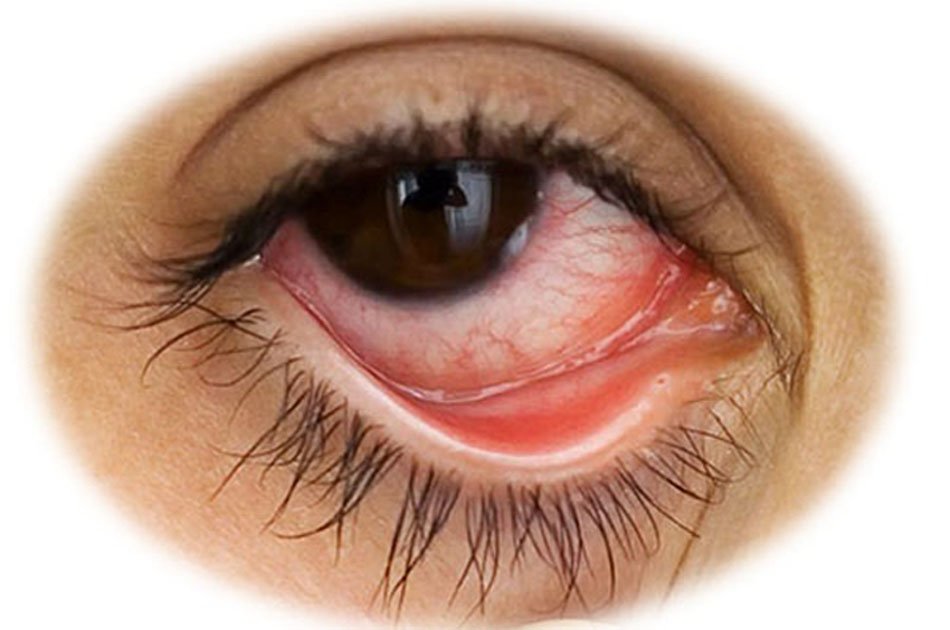

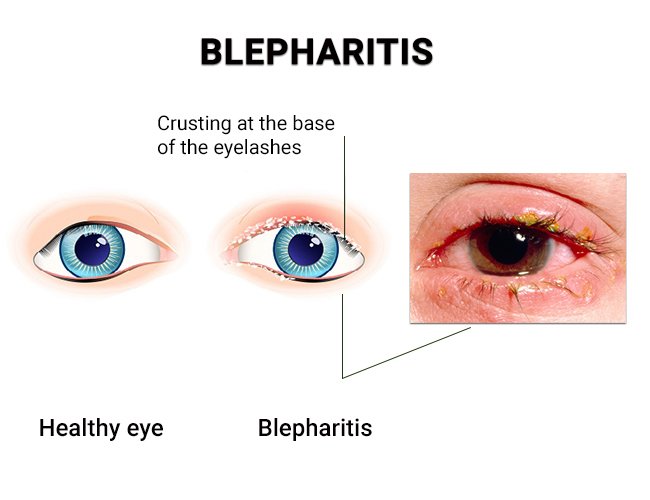
• MGD is the most common cause of dry eye syndrome (also called dry eye disease). MGD may lead to eyelid inflammation, called blepharitis, especially along the rims.
• There's a lot of overlap among these three conditions, and it's possible to have them all at once. In fact, experts aren't entirely sure what comes first, or exactly how they're connected. It could be that MGD causes inflammation that leads to dry eye, or that inflammation from dry eye could hurt the meibomian glands.
• If you're having eye surgery, untreated MGD raises the chance of getting an infection and inflammation afterward.
• In its advanced stage, MGD may lead to cornea disease.
Diagnosis:
• There's no single thing that can show that you have MGD.
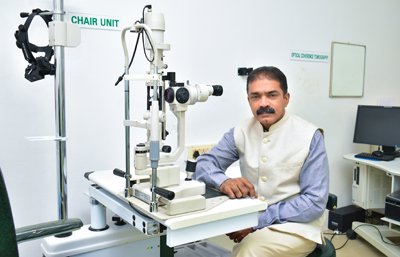
• Your eye doctor will look closely at your eyelids to inspect the gland openings. They may press on your eyelids to squeeze oil out.
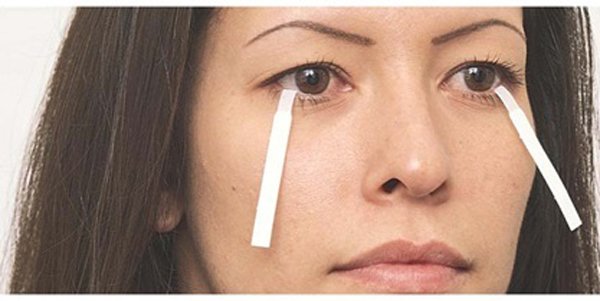
• The Schirmer's test checks if you make enough tears. Other tests can measure the quality of your meibum and how fast your tears evaporate.
• The combination of results can lead to a diagnosis of MGD.
Medical Treatment:
For more advanced MGD and depending on what other health issues you have, your doctor may add medications to your care plan:
• Lubricants
• Antibiotics for infections
• Cyclosporine to suppress your immune system
• Steroids that help ease inflammation
These could be eye drops or spray, creams, or pills.
In the office, your doctor may use devices that send heat or pulsed light to open blocked meibomian glands and improve symptoms.
It's important to stick with your treatment, especially home care, to reverse MGD or keep it from getting worse.
How is MGD treated?
There are various treatment options available, depending on the severity and associated symptoms/signs. Here is a list of treatments I typically recommend for MGD, going from least complex (for milder cases) to most complex.
1. Blink:
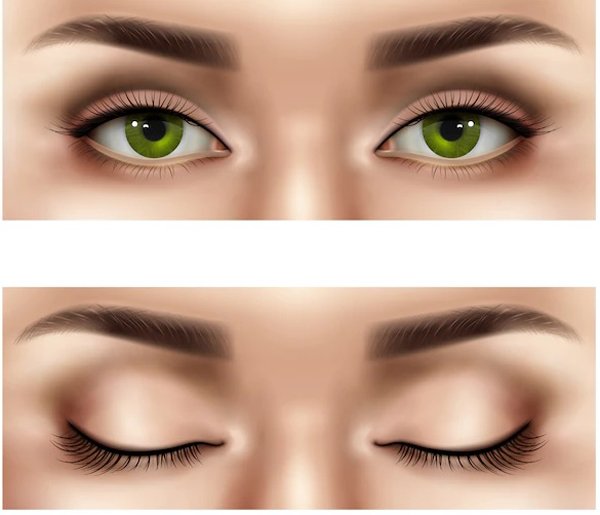
Blinking stimulates the secretion of meibum, and helps spread it across the surface of the eye. Studies show you blink less when reading, and you blink 60% less when at the computer . So take frequent breaks, and make a conscious effort to blink completely during those breaks.
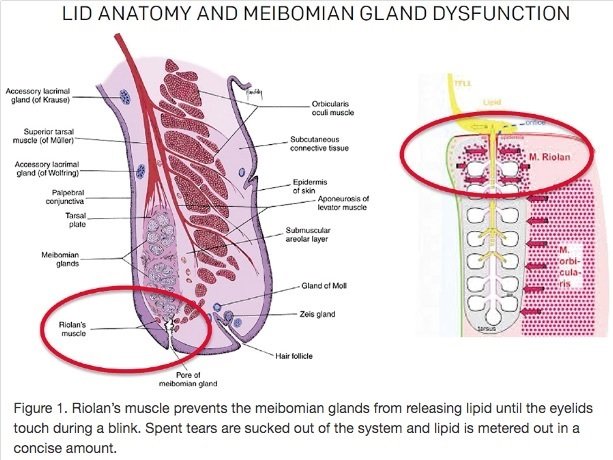
2. Warm compresses with lid massage
Taking a page out of a colleague’s book, it’s the flossing of the eye world– it’s something you SHOULD do daily to prevent disease, but not a lot of people do it religiously.
• Use a warm compress (commercially-available ones like Bruder masks or Tranquileyes, or make your own using a boiled egg or warmed dry rice wrapped in a clean cloth- something that stays warms for a few minutes) and rest it over your eyelids with your eyes closed. Do so for about 10 minutes. Gently massage your eyelids, rolling your fingers vertically down your upper lid and up your lower lid (towards your lashes). This helps get the oils flowing, and removes any obstruction within the glands as well as any solidified gunk at the opening of the glands.
• I recommend doing this twice daily when symptoms are present, or when MGD is first diagnosed. Beyond that, once daily is great for maintenance.
• There are now in-office procedures that have the same goal of melting meibum and removing gland obstruction, and they do so more effectively. Lipiflow and iLux are examples. These devices heat the internal surface of the lids and simultaneously applies pressure to the external lid to express the glands, all in a few minutes.
3. Omega-3 fatty acids:
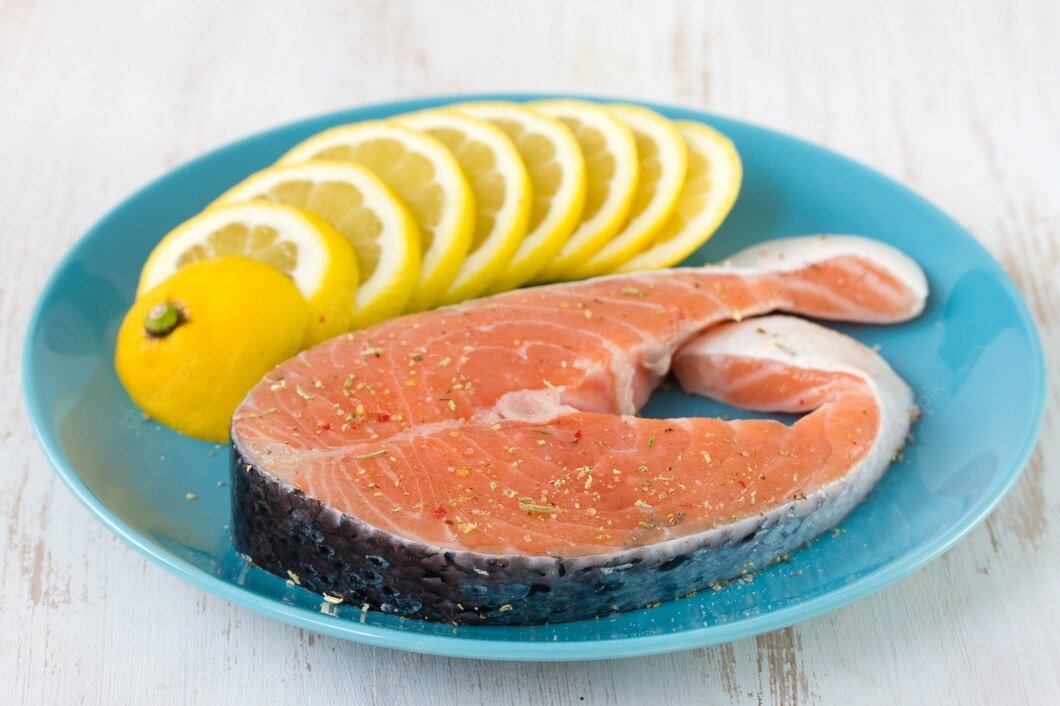
Omega-3s help improve the quality of the oil produced by the meibomian glands, and they have anti-inflammatory effects. A great source of omega-3s is fatty fish, like salmon and tuna. Another option is fish or flax seed oil supplements. It’s always a good idea to consult with your doctor before starting any supplement.
4. Artificial tears:
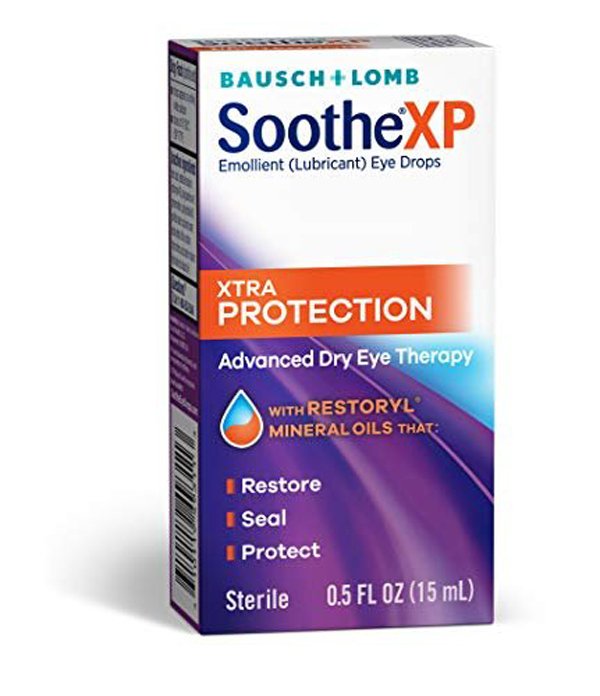
Artificial tears can also help beef up the contents of the tear film. Lipid-based artificial tears are best in the case of MGD because they help replenish the lipid layer of the tear film. Some lipid-based drops: Systane Complete, Soothe XP, Retaine MGD, and Refresh Mega-3. Preservative-free drops are ideal whenever possible.
5. Prescription medications:
Depending on the other presenting conditions, some patients with MGD may require the use of antibiotics. Topical azithromycin or low-dose, long-term use of oral doxycycline are thought to alter the eyelid bacteria and also provide anti-inflammatory effects . Still others with severe MGD may need to have the inflammation controlled through the short-term use of a topical steroid drop or the long-term use of a dry-eye drop.
How long will Meibomian gland dysfunction last?
Unfortunately, MGD is not curable, however there are many treatment options, that can provide relief even for several months. These treatments include at – home remedies.
8 Foods To Add to Your Diet
The foods listed below are just a few of the many healthy foods you should be consuming for overall eye health. We highly recommend purchasing organic as much as possible, because pesticides and fertilizers added to crops can derail what you’re trying to accomplish (more on that later). If you can’t always manage organic, it’s alright, but try to choose organic as much as your grocery store availability and budget will allow.
Leafy Green Vegetables:
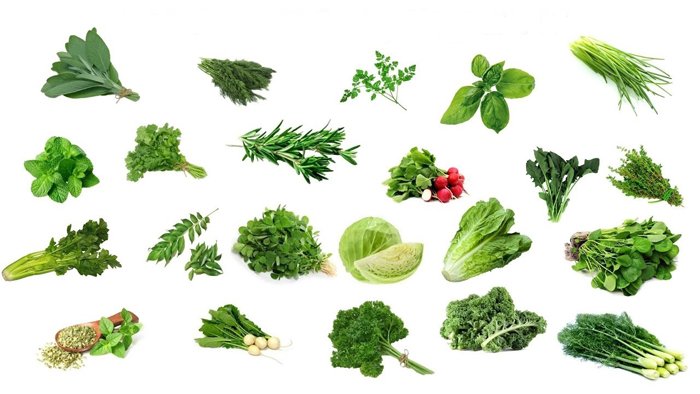
An alkaline body is a healthy body, and there is no better way to ensure alkalinity than to pack your diet full of green, leafy vegetables. Spinach, kale, chard, arugula, collards, mustard greens, beet greens, and others are packed with vitamins, nutrients, and antioxidants needed for healthy eyes. Adding these into your diet is easy - we recommend replacing your breakfast with a green smoothie filled with these healthy veggies. All you need to make a simple green smoothie is a plant-based milk, any of the greens mentioned above (we recommend spinach if you’re new to this), berries, and avocado. Once you’ve started here, you can begin to incorporate other great additions, some of which are mentioned below.
Ground Flaxseed or Flaxseed Oil:
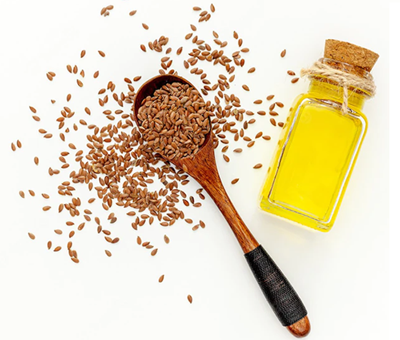
Flaxseed is such a great source of omega-3 fatty acids, and you already know these are important for your eye health and the health of your meibomian glands. While the omega-3 component of flaxseed, alpha-linolenic acid (ALA), must be converted before use in your body, it’s still a great way to up your omega-3 intake. Sprinkle some onto a salad, into soups, or add it to your green smoothie in the morning.
Broccoli:

This is quite possibly my favorite vegetable. Broccoli is packed full of antioxidants and is a great alkalizer. It also contains tons of vitamin C and K, folate, potassium, and fiber which can help decrease free radicals in your body and fight inflammation. Broccoli is great by itself or with a plant-based bean dip as a snack, in salads, soups, or roasted in the oven.
Sweet Potatoes:
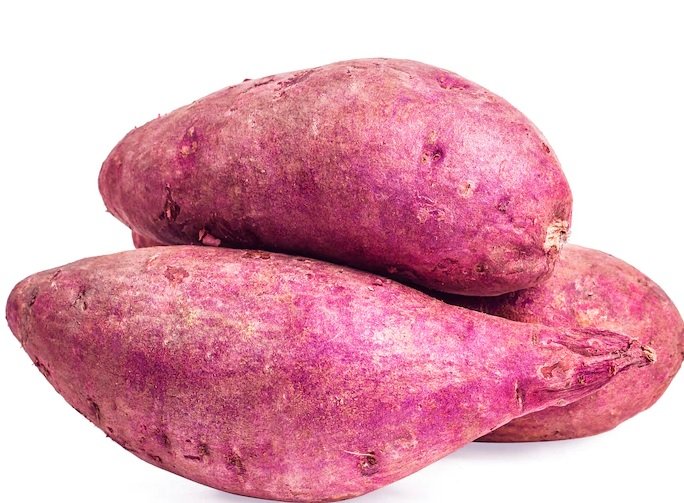
This delectable potato variety is full of beta-carotene, a derivative of vitamin A. We know this vitamin is healthy for the eyes and essential for vision. Enjoy sweet potatoes roasted, baked, or even throw them into a smoothie. Avoid sweet potato pie and other dishes that make this powerhouse veggie harmful!
Olive Oil:
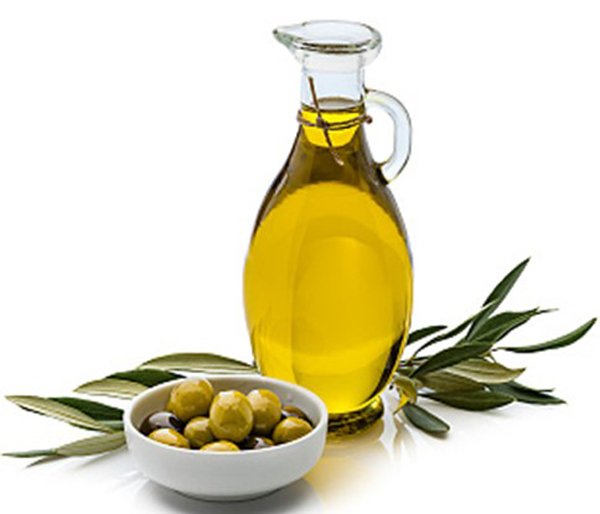
A staple in the mediterranean diet, olive oil contains powerful antioxidants and is full of monounsaturated fats your body needs. Use olive oil to make your own salad dressings, drizzle it over roasted veggies, or even blend it into your morning coffee (trust me, it’s great!).
Turmeric:

Turmeric is a potent anti-inflammatory, and this is what makes it so beneficial for the eyes. Although no studies have been done on this powerful spice and dryness of the eyes, there is abundant evidence of its benefits for the body as a whole. Use it in stir fry, put some into your green smoothie, or make a plant-based turmeric latte.
Lemon and Lime:
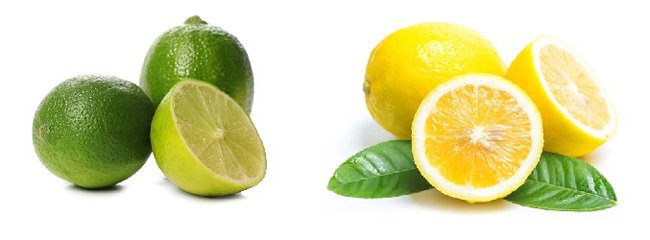
We love lemon and lime because they’re both low sugar fruits that have alkalizing benefits. They’re also a great source of vitamin C, a powerful antioxidant. Use lemon or lime in your water in the morning, add some into your green smoothie, use them in homemade salad dressings, or sprinkle a bit over your roasted veggies.
Berries:

Blueberries, strawberries, blackberries, and raspberries are so high in antioxidants that you can’t leave them out of your diet. They're a great way to have a little sweetness without eating a ton of sugar. Enjoy them in a green smoothie, in salads, or by themselves as a tasty dessert.
5 Foods to AVOID
Sugar:
The rise of chronic disease including heart conditions, high blood sugar, and obesity all comes down to one major factor, and that’s the amount of sugar we’re now consuming. At the beginning of the 20th century, sugar consumption averaged between 17-20 pounds per person per year. Recently, that number has skyrocketed to over 120 pounds per person per year. While these numbers are staggering, much of the added sugar in your diet can be avoided.
Refined sugar, which includes high-fructose corn syrup, evaporated cane juice, dextrose, agave, maltose, and others can all cause fluctuations in blood sugar and eventually sugar crashes. This roller coaster can cause mood swings as well as cravings for more sweets, exacerbating a never-ending cycle.
We recommend avoiding sugar whenever possible, which means getting rid of the sugar in your coffee, avoiding sugar sweetened beverages like soda, fruit juice, and electrolyte drinks, avoiding cookies, pies, cakes, white bread, conventional salad dressing, most condiments, and so many other things. I know this can be tough at first, but there are many ways to satisfy that sugar craving naturally. Try a bowl of berries, a green smoothie, or at the very least, switch your sweetener to stevia or monk fruit if you need it for coffee or tea.
Conventionally Raised Meat:

Conventionally raised meat is a source of extra hormones, bacteria, pollutants, antibiotics and other things that our bodies don’t need. Numerous studies have shown the detrimental effects that meat can have on our bodies, and it comes down to inflammation. 70% of foodborne illness in the US comes from contaminated meat - E.coli, listeria, and campylobacter are all culprits. Most likely, these animals are fed food that’s just not meant to be digested by them (grain vs grass), poop ends up splashing across their living space, and your meat ends up contaminated.
So, what are your options? Fish and eggs aren’t much better because they’re raised in a similar fashion. If you absolutely must have meat, choose organic, free-range, and as wild as possible, such as wild caught fish, pasture raised eggs, and grass fed beef. If you can avoid it or limit it, that’s even better. Consider having a meatless Monday or only enjoying meat on the weekends. After a few weeks, you may notice that you’re feeling better and enjoy life without it! We eat meat about once per month, sometimes more and sometimes less depending on the season, but we try to avoid it because we know how much better we feel when we avoid it altogether.
Dairy:
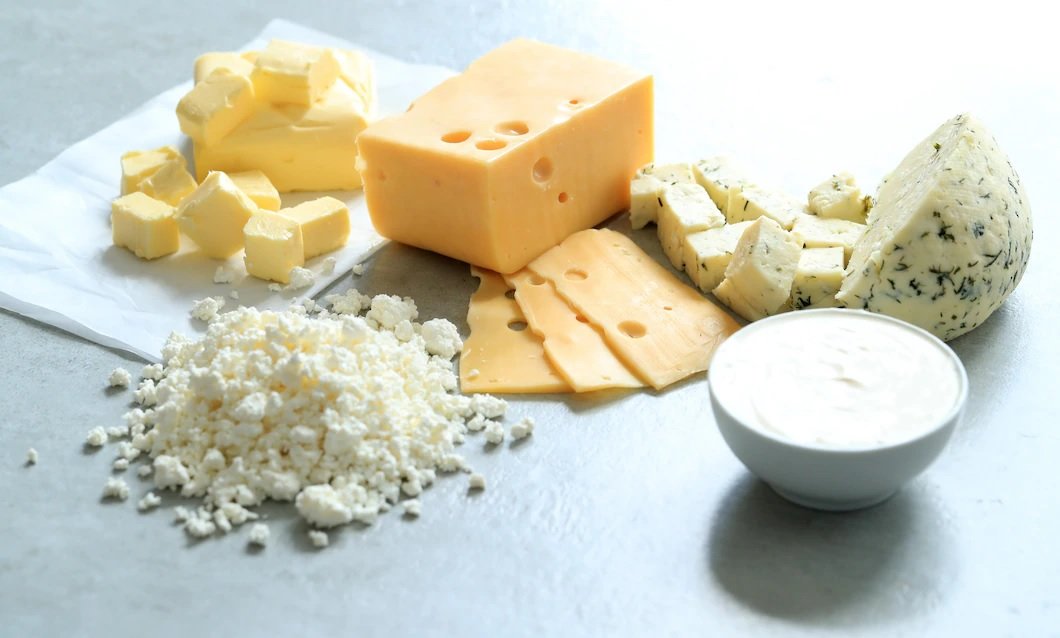
This one is going to make a lot of people sad, but you need to give up dairy products. This includes milk, cheese, yogurt, sour cream, and other products like it. Similar to meat, dairy products can be filled with antibiotics, hormones, and substances that can increase inflammation in the body. Many people are also sensitive to dairy - it’s one of the top food sensitivities - and this can be problematic for people that have chronic inflammation.
Dairy is also one of our largest sources of sugar and saturated fat, so it needs to be avoided. There are many non-dairy options out there that are really great. Check out cashew yogurt, almond and cashew milk, and nutritional yeast for making non-dairy cheese sauce.
Processed Foods:

This category includes all cakes, cookies, pies, most breads and baked goods, french fries, and really anything in a box or can. If it contains many ingredients you can’t pronounce, it’s likely not great for you. Partially hydrogenated oils, such as trans fats, lead to increased inflammation in the body. In addition to this, excitotoxins like MSG (monosodium glutamate), corn protein, gelatin, glutamate, yeast extract, and others are used for flavoring and can lead to a whole host of other issues. Do everything you can to avoid frozen meals, chips, crackers, canned soup, conventional sauces and dressings, candy, and soda. Your body will love you for it.
Pesticides and Fertilizers:
For all of the above foods we’ve discussed, it’s so important to note that buying organic is a must. Whenever possible, look for this in your grocery store. Always search out and buy organic when it comes to the Dirty Dozen which includes strawberries, spinach, kale, nectarines, apples, peaches, grapes, celery, pears, cherries, tomatoes, potatoes, and peppers. Try to avoid these items if they’re not organic, or choose replacements for them.
The Clean Fifteen (produce that is best bought organic, but is also fine conventionally) includes avocado, sweet corn, onions, papayas, sweet peas, eggplant, asparagus, cauliflower, cantaloupe, broccoli, mushrooms, cabbage, honeydew melon, and kiwi. These lists change often, so make sure to check them out before heading to the store,
.jpg)
1.jpg)
{{r.reply}}
Your comment was submitted for review. It will start display once it was approved by Admin
Comments